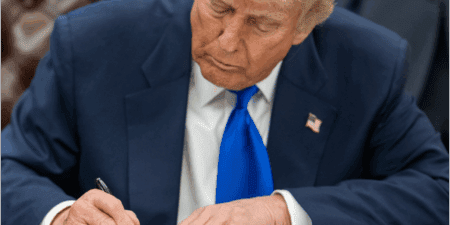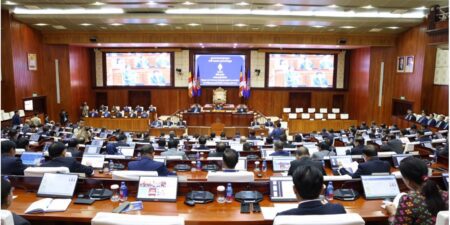BowerGroupAsia wrote an update to clients on Bangladesh’s political and economic challenges in 2025.
Context
- Bangladesh’s interim government continues to be inundated with demands from various aggrieved groups since Prime Minister Sheikh Hasina fled the country in August 2024. Dhaka’s responses to address stakeholder concerns have worked in some cases; in others, they have not. The political landscape has continued to simmer due to two sources of pressure. One is student leaders’ growing demand for justice for the victims of Hasina’s regime, including the punishment of those responsible. Separately, some political parties are calling on the government to announce an electoral road map.
- The economic outlook for 2025 is mixed. Price hikes, high inflation, spiking crime rates, sluggish revenue growth and the imposition of a value-added tax on certain consumer items have become sources of public discontent. At the same time, the export and remittance sectors are poised for a strong performance this year. The budget for the next financial year will be announced in June.
Significance
- The government plans to engage with the political parties to finalize the reform agenda in the next few months after the commissions submit their recommendations. Against this backdrop, the political climate has been plagued by a lack of trust between the student leaders and the government and between the government and some of the country’s political parties. Some political parties and civil society organizations believe the government has an agenda and ambition of its own, including the formation of a new political party at its behest, which could explain the delay in holding elections.
- Economic stagnation is the foremost concern of the government and other stakeholders. Despite Dhaka’s efforts to improve the economy, it has not yet been stabilized. The International Monetary Fund has lowered its 2025 GDP growth projection to 3.8 percent from its earlier projection of 4.6 percent. A Bangladesh Bureau of Statistics report published January 6 shows that GDP growth in the last quarter of 2024 was just 1.8 percent, with agricultural sector registering 4.2 percent growth, manufacturing 2.1 percent and the service sector 1.5 percent.
Implications
- The unexpected robust performance of two sectors has sparked some hope. Ignoring the doomsday scenario in the ready-made garment sector following the previous government’s dissolution, the export sector has rebounded with a stellar 17.7 percent growth in December 2024, recording a yearly export volume of $50 billion. Exporters are expecting a multilateral trade rebound, sustained buyer confidence and a potential order switch amid U.S.-China trade tensions. In addition to ready-made garments, agricultural products, frozen fish, chemicals, leather goods and plastic products have also registered positive growth.
- Despite the current setbacks, a strong sense of optimism prevails. People generally want the government to succeed and enact necessary institutional reforms, and they are ready to endure the ongoing challenges. An in-person survey from Bangladesh Enterprise Institute and roundtable dialogues with multiple stakeholders show an overwhelming majority of people supports the idea of completing the reforms before an election takes place. There is a general understanding that if the reforms are carried out successfully, they will have positive multiplier effects on governance and the economy.
We will continue to keep you updated on developments in Bangladesh as they occur. If you have any questions or comments, please contact BGA Head of Research Murray Hiebert at mhiebert@bowergroupasia.com.
Best regards,
BowerGroupAsia

BowerGroupAsia


























